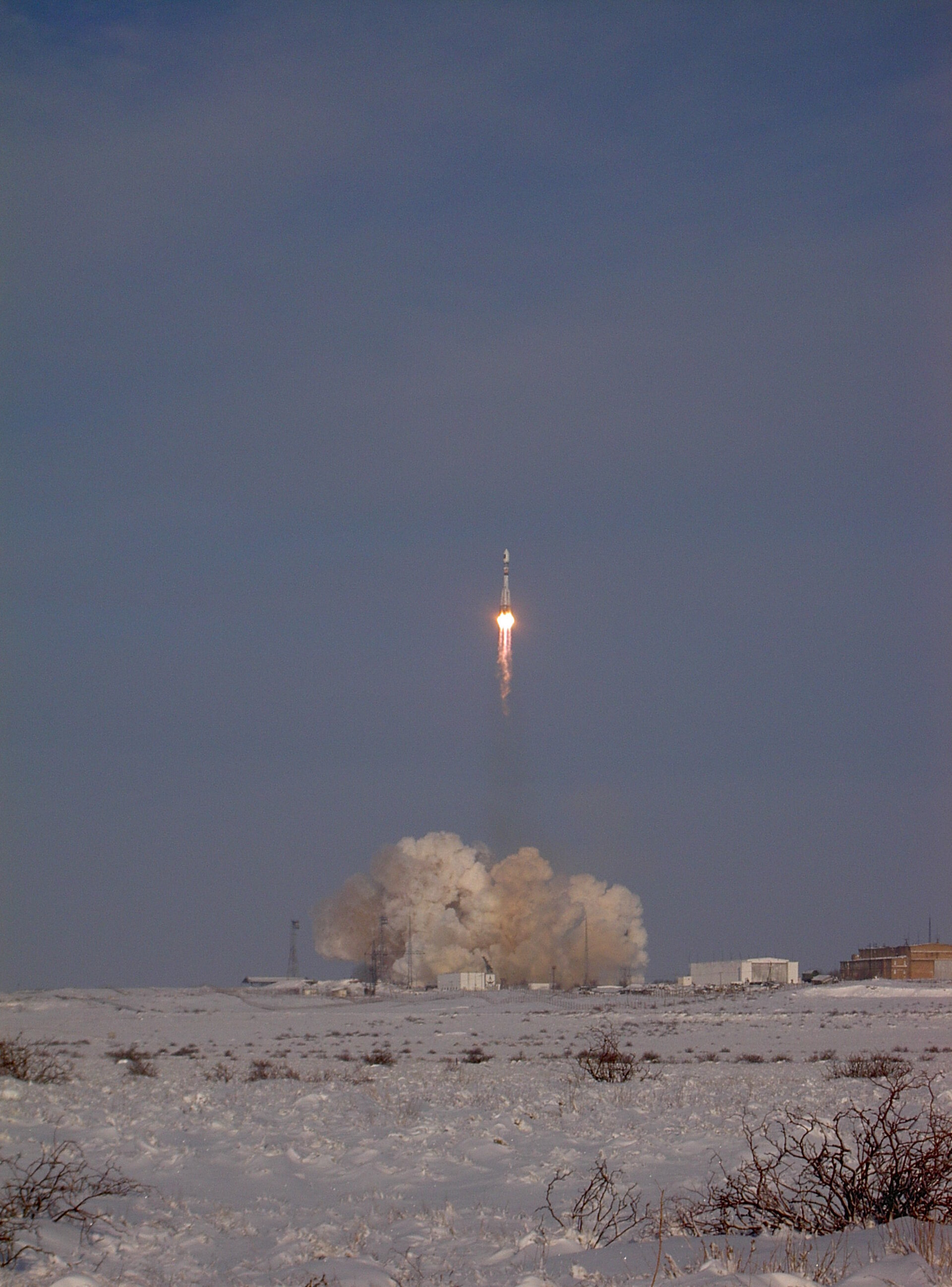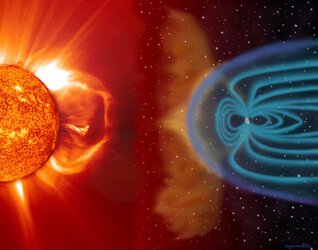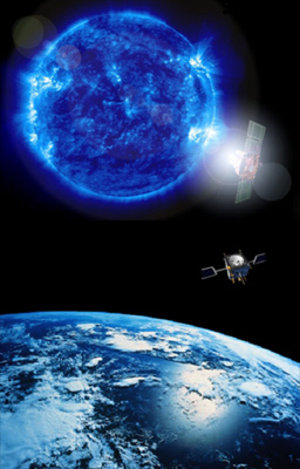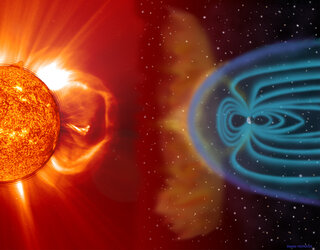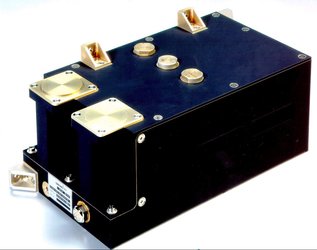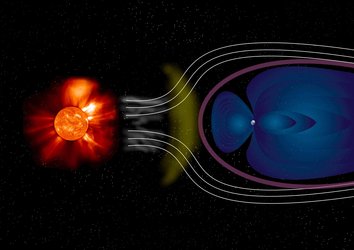Charting Galileo’s radiation environment
The Galileo satellites are not being launched blind, however. Two ‘Galileo In-Orbit Validation Element’ satellites – GIOVE-A and GIOVE-B – were launched on 28 December 2005 and 27 April 2008, respectively.
Both carry radiation monitors continuously watching over the radiation flux.
“This element of the GIOVE mission is becoming more important as solar activity increases,” explains Stefano.
“We didn’t have direct experience of medium-Earth orbit but the design of Galileo has been guided by radiation models that say, crudely, if you are going to operate at a given altitude then you need a certain radiation shielding.
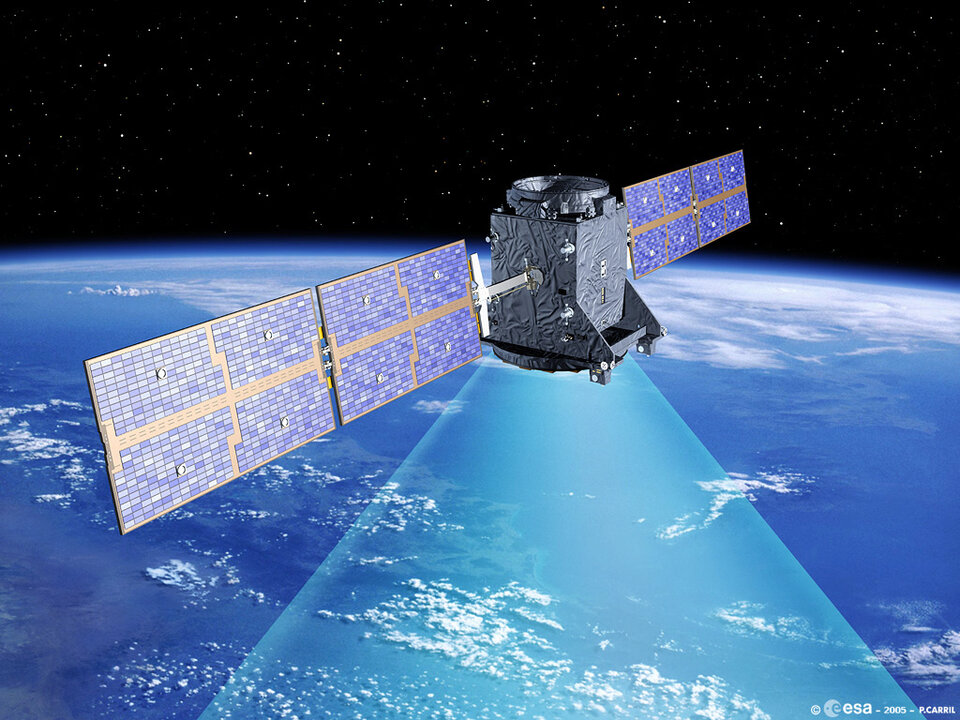
“GIOVE-A carries two different UK-sourced radiation monitors – QinetiQ's Merlin and Surrey Space Centre's CEDEX – while GIOVE-B carries a single ESA-designed Standard Radiation Environment Monitor. They maintain a count of the particles hitting them.
“Other ESA missions including Integral, Proba-1, Rosetta, Herschel and Planck, are carrying similar radiation monitors, helping our specialists to build up a broader picture.
“Integral’s is most applicable, because it’s highly elliptical orbit briefly crosses through the Galileo altitude.”
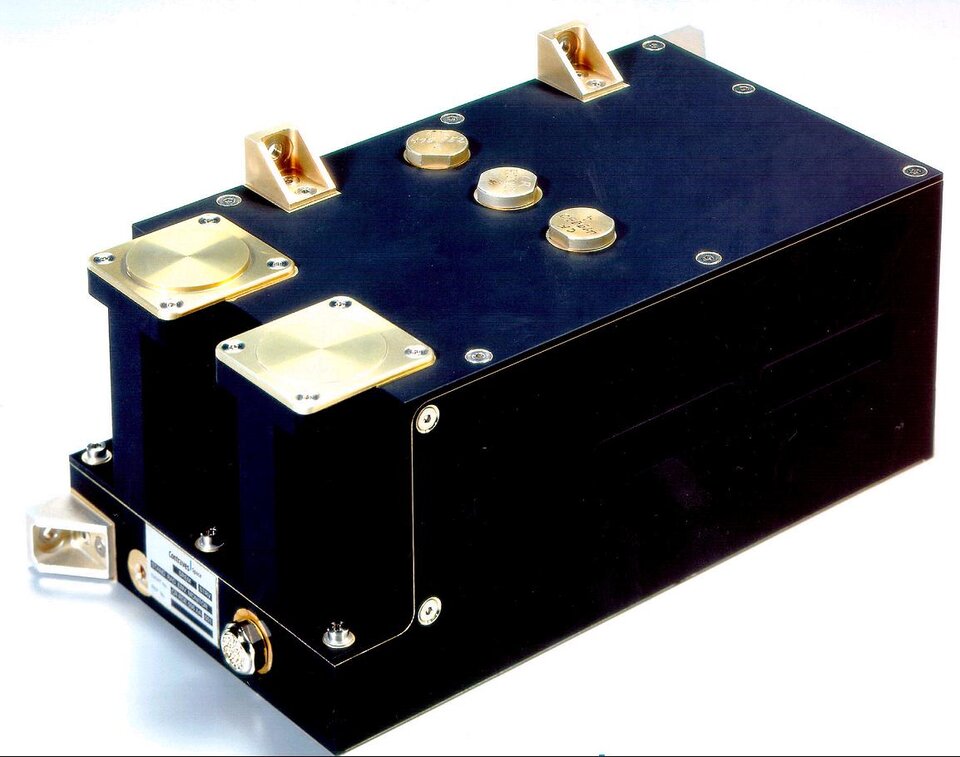
The good news is that GIOVE’s observed radiation matches ESA models, meaning the planned 12-year working lifetime for each satellite remains reasonable.
“It’s been a little harsher than expected,” Stefano adds. “The big question is what happens now, as the upturn in activity is forecast to increase.
“We want to go on validating our model in the worst-case conditions, so the GIOVE satellites will remain important even after the first Galileo satellites are launched later this year.”
‘Iono-free’ operations
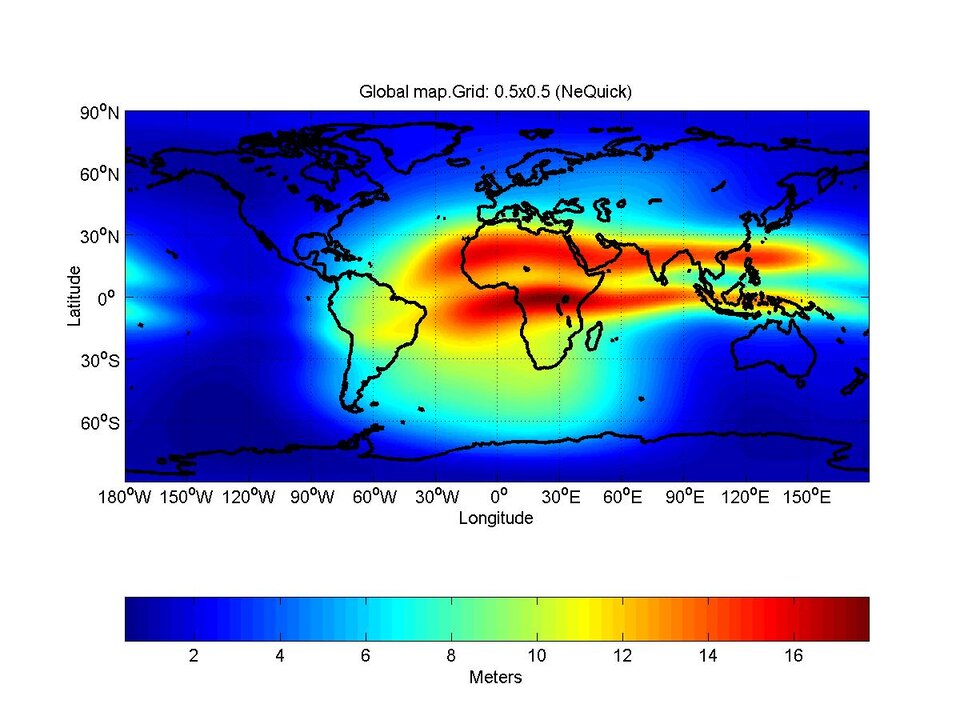
The ionospheric effect has been a particular problem for civil GPS users. A basic ionospheric model is used to remove more than half of the uncertainty, but ‘iono-delay’ remains the single largest contributor to errors in GPS positions.
Across Europe, the EGNOS overlay service broadcasts more accurate ionospheric corrections for GPS signals based on data from Ranging and Integrity Monitoring Stations across the continent.
Galileo will overcome ionospheric effects for civil users in a similar way, with worldwide sensor stations tracking satellite signals at three different frequencies.

Comparing the different frequencies allows the delay to be calculated and corrections to be uploaded to the satellites within the navigation message.
Galileo users with small receivers – such as those in car dashboards and mobile phones – will benefit from this accurate ionospheric correction by using the same model and the broadcast values.
Larger user receivers can also exploit Galileo’s multiple frequencies to correct for most of the delay directly – a feature that the latest generation of GPS has introduced recently for civil users, previously reserved only for military users.


